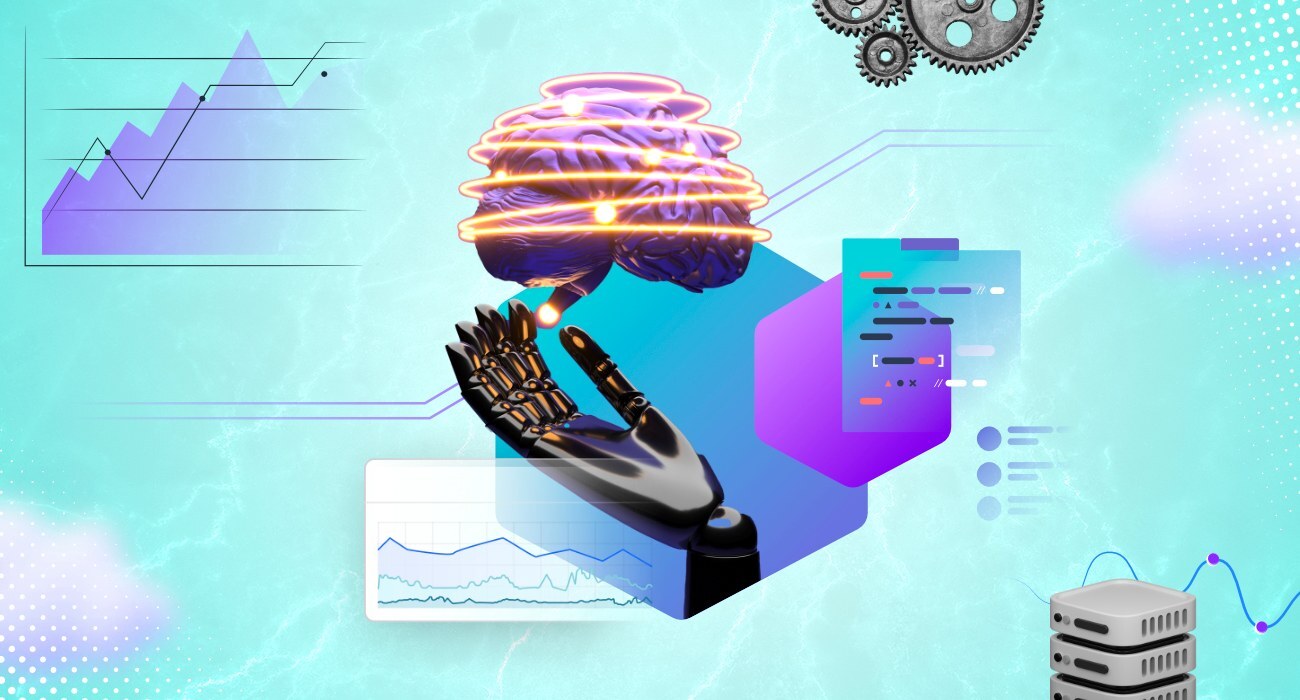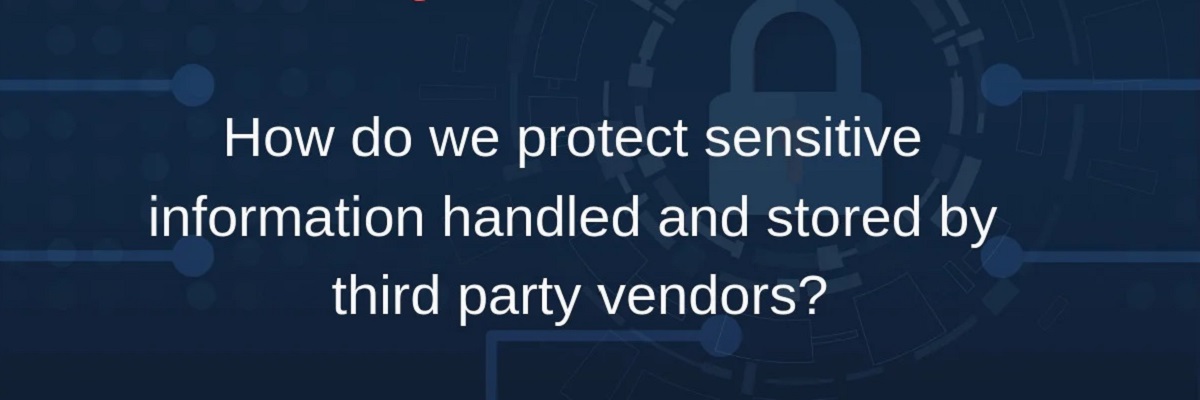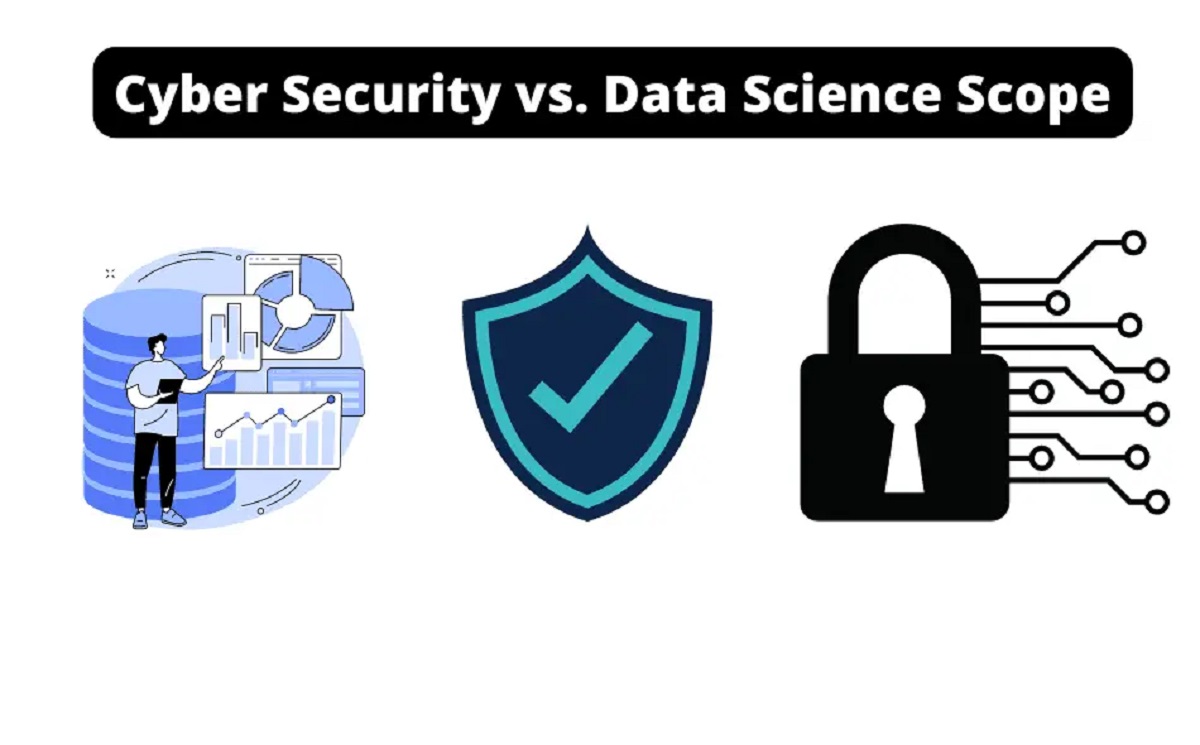A recent study predicts that by 2026, more than 80% of enterprises will be utilizing generative AI models, APIs, or applications, a significant increase from the current rate of less than 5%. This rapid adoption of generative AI brings forth new challenges and considerations in terms of cybersecurity, ethics, privacy, and risk management. However, only a small percentage of companies who are currently using generative AI take adequate measures to mitigate cybersecurity risks and address model accuracy. To address these concerns, security practitioners and entrepreneurs are focusing on three key factors:
Key Takeaway
The widespread adoption of generative AI poses significant cybersecurity risks that need to be addressed, including data privacy, model accuracy, and overprivileged access.
Complexities in Security Challenges
As enterprises adopt generative AI, they face additional complexities in terms of security challenges. Conventional data loss prevention tools are effective in monitoring and controlling data flows into AI applications, but they often fall short when dealing with unstructured data and nuanced factors such as ethical rules and biased content within prompts. These challenges require specialized security measures to ensure the integrity and reliability of generative AI systems.
Trade-offs between ROI and Security Vulnerabilities
Market demand for generative AI security products is closely tied to the trade-off between the potential return on investment (ROI) and the inherent security vulnerabilities of the underlying use cases. The balance between opportunity and risk is evolving as AI infrastructure standards develop and the regulatory landscape matures. Companies need to carefully evaluate the security risks associated with specific generative AI applications and invest in appropriate security solutions to mitigate those risks.
Securing the Technology Stack
Similar to traditional software, generative AI must be secured across all architecture levels, particularly the core interface, application, and data layers. One area of focus is the user interface layer, where the challenge lies in balancing usability with security. Businesses are increasingly relying on customer-facing chatbots, customized with industry and company-specific data. However, these interfaces are vulnerable to prompt injections, which manipulate the model’s response or behavior. Chief Information Security Officers (CISOs) and security leaders face the pressure to enable generative AI applications within their organizations. To address this, security tools like Protect AI’s Rebuff and Harmonic Security leverage AI models to dynamically determine the sensitivity of data passing through generative AI applications, ensuring accurate and secure outputs without compromising user experience.
Securing generative AI across the technology stack is crucial for businesses to protect against cybersecurity threats and ensure ethical and reliable AI systems. As the adoption of generative AI continues to grow, it is imperative for organizations to prioritize cybersecurity and invest in robust security measures that are specifically designed for generative AI applications.

























